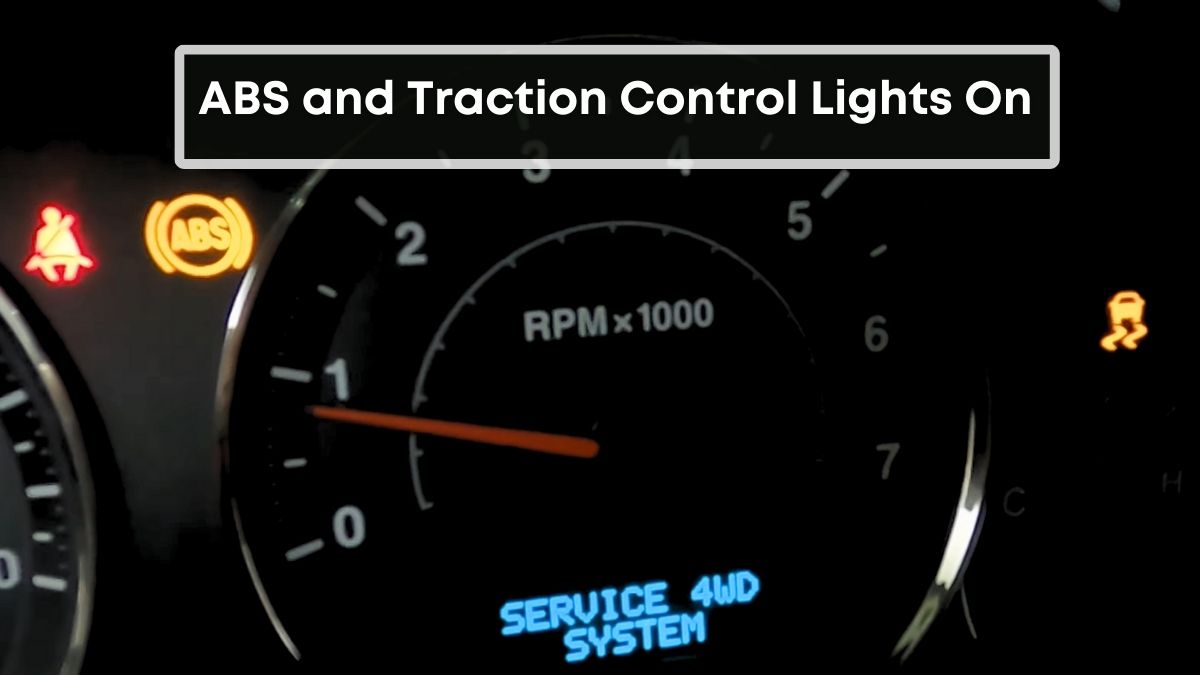The ABS and traction control lights on your Jeep’s instrument cluster indicate that those systems are not working properly. And you should get your vehicle checked to fix them.
Why are Jeep ABS and Traction Control Lights On?
The ABS and Traction Control warning lights usually trigger due to faulty wheel speed sensors, damaged wheel speed sensor wiring, bad wheel alignment, blown ABS fuse, low brake fluid, or defective ABS control module.
We’ll discuss all of these causes here in detail.
Note: If you have a Jeep Wrangler and only the ABS light is turned on, follow these steps to turn it off.
What are ABS and Traction Controls?
The ABS and traction control are two advanced-level safety features in Jeep vehicles.
The ABS stands for Anti-Lock Braking System. As its name suggests, it prevents the Jeep’s wheels from locking up when you apply brakes too hard or on surfaces with less traction.
In slippery or wet conditions, one or more wheels can start to slip/skid out of control or cause the vehicle to lift off the ground. As a result, you lose control of the steering and possibly collide with a car in front.
The ABS solves these problems by having speed sensors attached to all four wheels of your vehicle. Each sensor accurately measures its wheel’s rotation speed, which helps to detect if a wheel is about to lock up.
If a wheel is indeed about to lock up, they signal the modulator to release some brake pressure off that wheel temporarily. The modulator automatically releases and reapplies the pressure in short bursts until the vehicle stops moving.
As it happens in quick pulses (generally 10-15 times per second), the ABS allows you to steer easily even when applying the brakes and reduces the braking distance.
On the other hand, we have the Traction Control System. Also known as TCS, it helps to maintain the wheels’ grip and accelerate on slippery surfaces.
Suppose you’re driving on a partially snowy road. The wheels on the snowy part will have less traction than the others, which will cause them to spin or slip.
It is not good because wheel over-spinning or slipping will cause you to lose control of the vehicle, reduce fuel efficiency, and cause uneven tire wear.
To solve this issue, you’ll have to enable the traction control system in your vehicle. The TCS uses the wheel speed sensors (like the ABS) to detect if one/two wheels are spinning more than the others.
If they are, the TCS system applies brakes or reduces engine power to those over-spinning wheels, which allows them to slow down and regain traction.
Once all wheels are spinning at the same rate, the TCS deactivates.
9 Reasons You Get Jeep ABS And Traction Control Lights On

Below are some common reasons you get ABS and traction control warning lights on your Jeep’s dash screen.
The ABS warning light consists of the yellow-colored letters “ABS” written inside a circle, while the traction control light shows a car with squiggly lines to indicate a lack of control.
1. Faulty Wheel Speed Sensor(s)
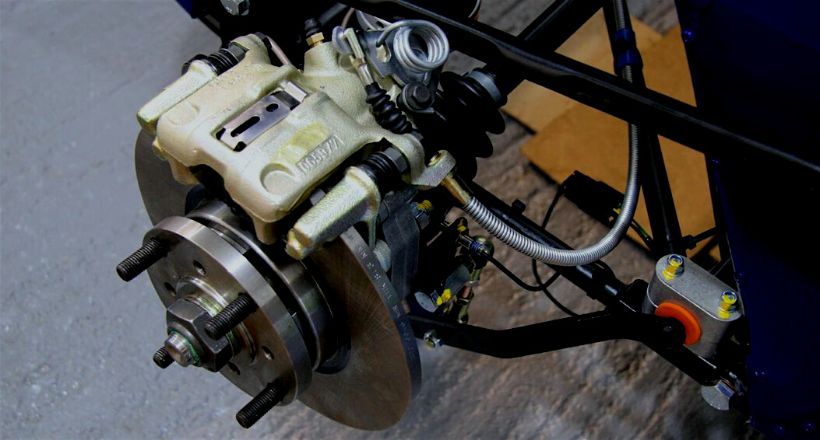
The faulty wheel speed sensors are one of the main reasons for Jeep ABS and Traction control lights.
If a speed sensor is malfunctioning, the ABS controller may not be able to determine the exact speed of that wheel.
As the controller relies on these sensors to engage ABS and traction control, it alerts the driver that these systems are not working properly – in the form of warning lights.
Physical damage and aging are two common reasons behind wheel sensors’ malfunctioning. In rare cases, however, it can also happen due to dirt/debris on these sensors, damaged wiring, or human error.
The last one is important because a mechanic can accidentally stretch/damage the sensor wire while replacing a wheel, brake, or strut.
Since this wire is fragile, it can break down internally due to stretching while looking fine from the outside.
In many cases, a faulty ABS sensor also triggers the serv 4WD warning light. So, if both of these lights appear on the instrument cluster, the ABS sensor is likely to be the problem.
2. Low Brake Fluid Level
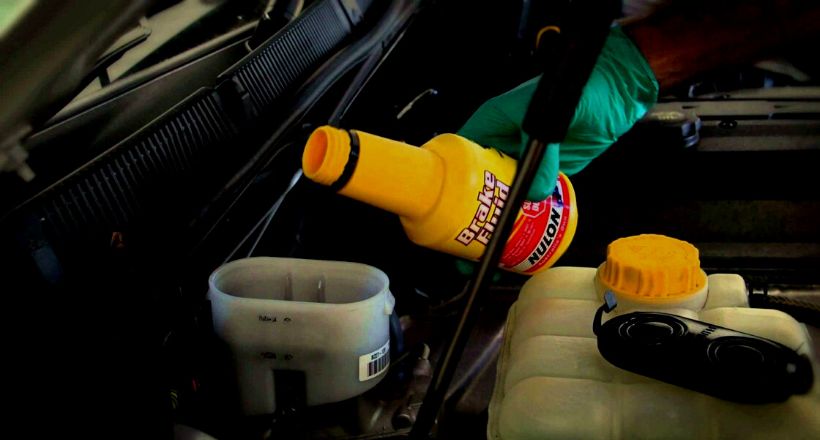
Another reason behind the ABS and traction control error messages is the low brake fluid level.
As its name suggests, it’s a fluid used by the braking system to stop a vehicle. If this fluid level goes low (due to leaking, overheating, or wear and tear), the Jeep cannot apply brakes effectively, and you’ll get those warning lights.
3. Bad Wheel Alignment
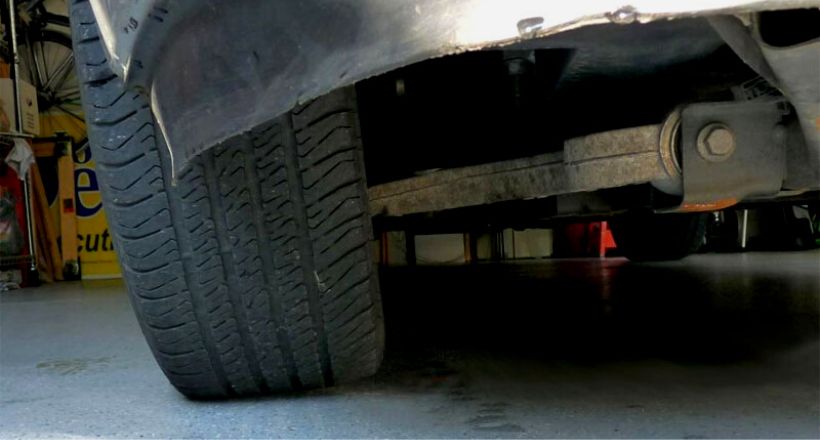
The wheel alignment is one of the indirect reasons for ABS/traction lights turning on.
Also known as tire alignment, it refers to the angles of the wheel against each other and the vehicle’s body.
Wheels can go out of alignment due to improper installation, faulty steering rack, consistently driving over potholes, or bad suspension/struts.
The poor wheel alignment can cause uneven tire wear, which, in turn, affects the accuracy of wheel speed sensors – resulting in ABS/traction warning lights.
Other signs of bad wheel alignment include the off-center steering wheel, vibrations in the steering wheel, or squealing/screeching tires.
4. Low Tire Pressure
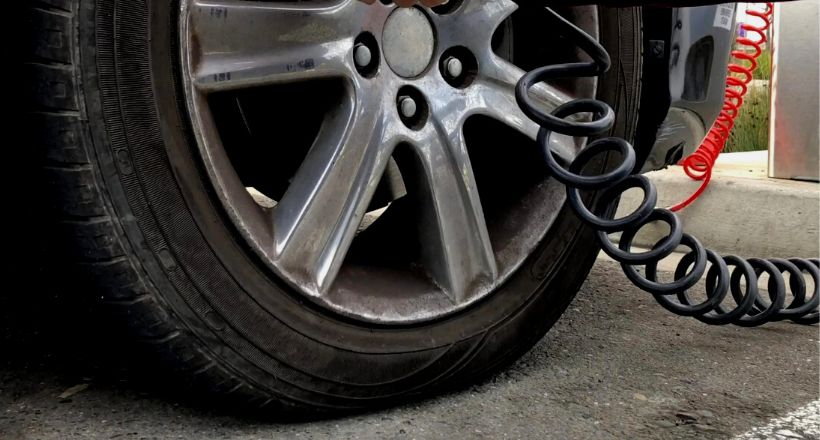
The same goes for the tire pressure.
While it’s not directly related to the ABS and traction lights, low tire pressure can cause a wheel to have a slightly different rotation velocity, triggering the warning lights on the dash screen.
5. Loose Battery Terminal
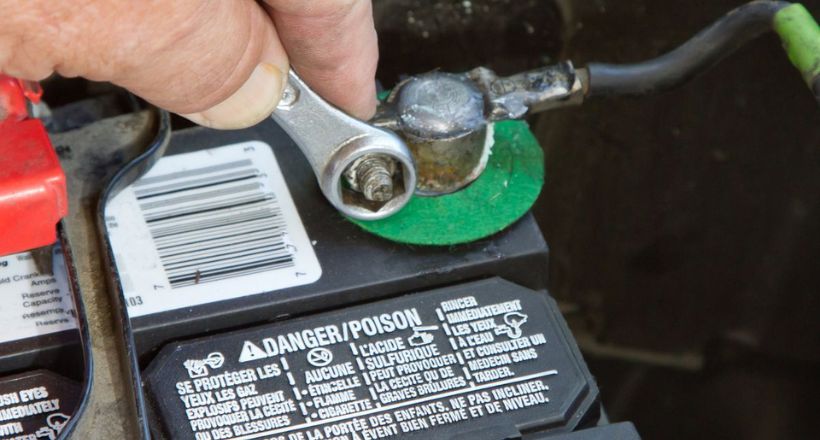
In some rare cases, the ABS and Traction control lights can show up due to a loose negative battery terminal.
That’s because the loose terminal can cause the voltage drop, resulting in the vehicle computer throwing random warning messages erroneously.
6. Blown Fuse
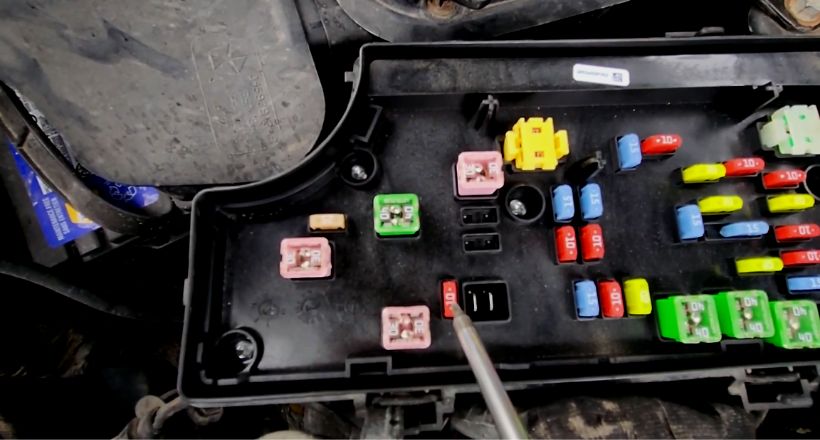
Another reason for ABS/TCS warning messages can be the blown fuse(s). Like other car systems, ABS and traction control systems have different fuses for protection against power surges.
If any of these fuses are blown, these systems will not be able to get power for work, and you’ll get those warning lights.
Therefore, go through the fuse box diagram to find out the location of these fuses and check them with a multimeter.
7. Faulty Steering Angle Sensor
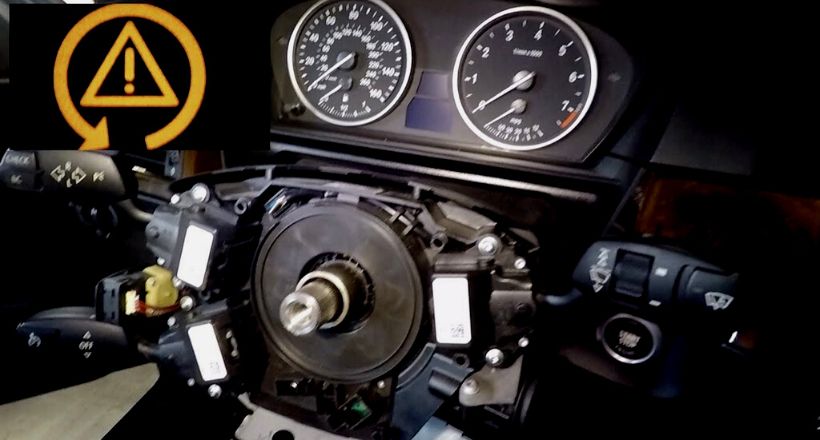
The steering sensor measures the angle and direction of your steering wheel. It sends that information to the different vehicle systems so that these systems can determine if the vehicle is stable.
If the direction and angle of steering are out of place, it indicates that the vehicle is unstable and causes the ECU to turn on ABS and traction control systems.
In some cases, these sensors can die/malfunction, which can cause the ABS/traction systems not to work correctly, and you get the warning lights.
8. Limp Mode:
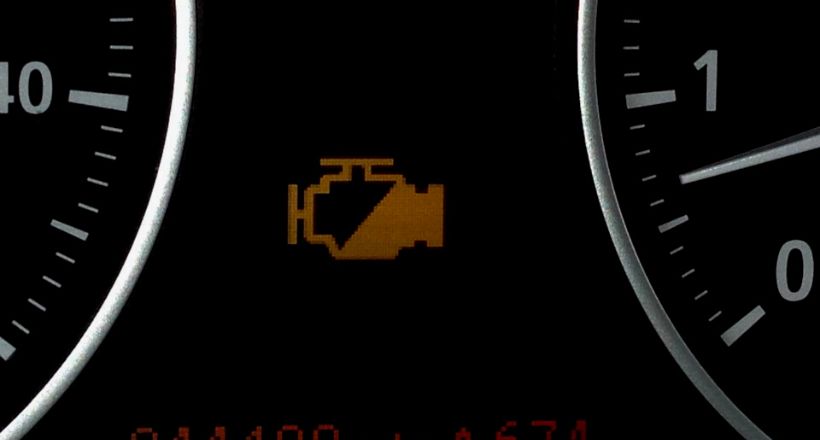
The limp mode is a safety feature that activates when ECU detects some fault in transmission, engine sensors, or dysfunctional brakes – to prevent them from further damage.
This mode limits the vehicle’s speed and power output so you can drive safely to a repair shop. But during that time, limited speed/power can also trigger the ABS and TCS warning lights.
Therefore, if your Jeep has ABS and traction control lights while you feel a sudden loss of power, then the limp mode can be the reason.
9. Faulty ABS Control Module
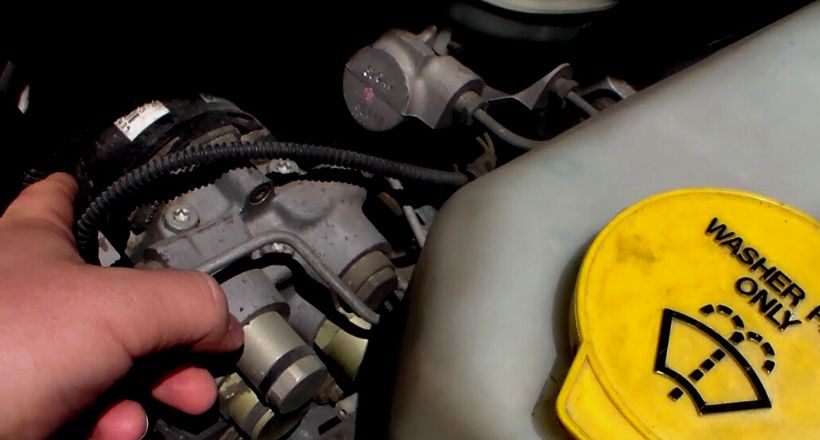
If you’ve checked for all of the possibilities above, and you’re still getting the ABS/TCS warning messages, it can be due to a faulty ABS control module.
Especially if you have the parking brake light sign on your dash screen – in addition to the ABS and traction control lights.
There can be many reasons behind the ABS control module going bad, such as aging, overheating, damage to internal parts (due to corrosion), or improper installation.
Final Words
So these were some primary reasons you have ABS and Traction control warning lights on the dash screen.
These lights are relatively inexpensive to fix as the primary reason behind them, the faulty wheel-speed sensor, can be replaced for $10-$20.
On rare occasions, though, the whole ABS module will have to be replaced, costing you roughly 300 bucks.
Frequently Asked Questions
Can Worn Brake Pads Cause the ABS Light to Come On?
Yes, severely worn brake pads can cause the brake fluid level to fall, which, in turn, will cause the ABS light to turn on.
Can Low Tire Pressure Cause the ABS and Traction Control Lights to Turn On?
Low tire pressure will cause the tire(s) to be underinflated and rotate at a different speed, causing the ABS and traction lights to turn on.
Can ABS Sensor Cause Traction Control Light?
As both systems rely on the same speed sensors, faulty ABS sensors can cause the traction control light to turn on, too, in some cases.
Can a Wheel Bearing cause ABS light?
The wheel sensors combine with the ABS sensor rings to give the controller information about the wheel’s speed. If a wheel bearing is severely damaged, it will cause that ring to wobble and the sensor not to record the readings. In both cases, it will result in the ABS light turning on.
Does the ABS Sensor Affect 4WD?
A faulty ABS sensor can cause the ‘Service 4WD System’ warning light to appear as both rely on the same wheel speed sensors.
Does Traction Control Affect Acceleration?
Yes, the traction control affects acceleration. If the surface is slippery, the TCS will increase the acceleration. On the other hand, it will slightly reduce the acceleration to maintain stability during turns/corners.
Can I Drive My Jeep With the ABS and Traction Control Lights On?
Contrary to what most people believe, you can drive the Jeep if both ABS and Traction lights are on. But you’ll have to be extra careful while driving (avoid slippery surfaces, sudden stops, and hard braking) as those safety systems are not working.

